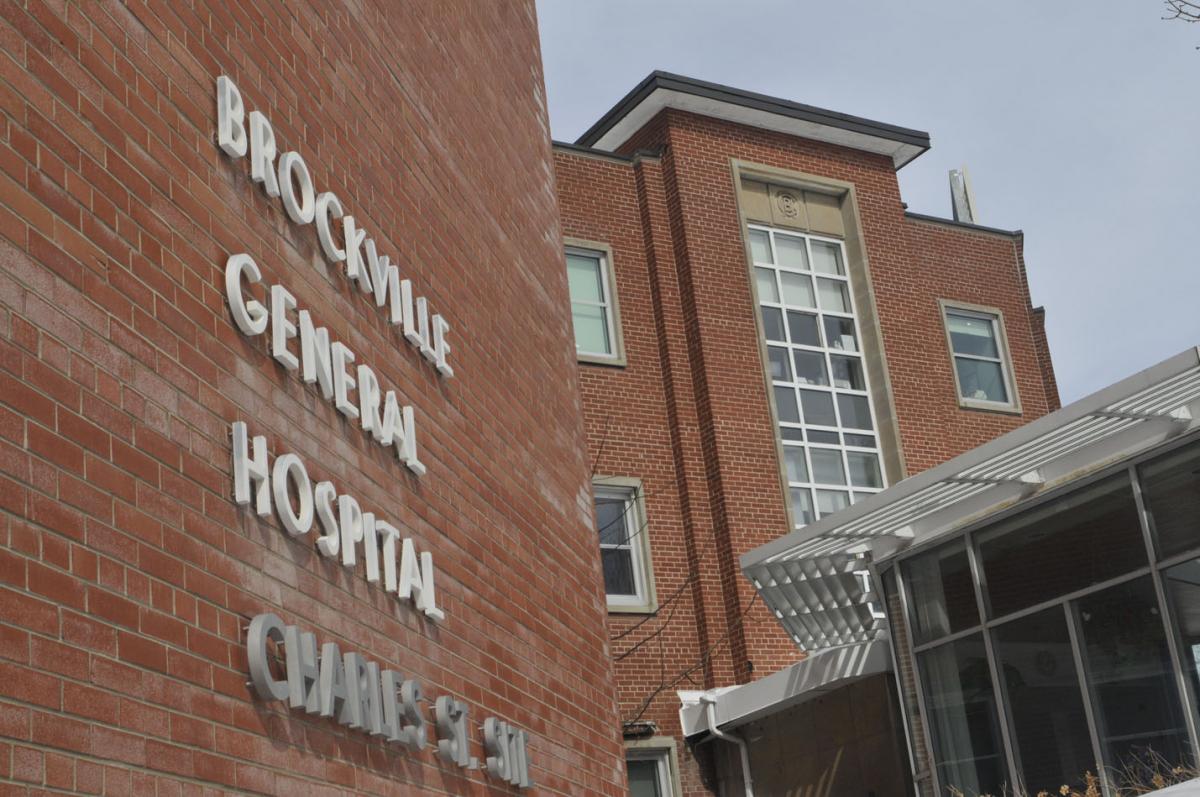
Often, it's the qualifying clauses, not the main statements, that contain the most pertinent information.
So it was with Mayor David Henderson's declaration, at Tuesday's regular council meeting, that Brockville must do all it can to preserve the Brockville General Hospital maternal-child unit.
“We must have a maternity ward at Brockville General Hospital,” the mayor said.
It's a bold and concise statement, but the mayor followed it up with a qualification acknowledging the eventual size of that maternity ward will be up for discussion.
Henderson later stressed he wants to get more information about the challenges the hospital faces for maintaining maternal-child before discussing the topic further, so it would be premature to conclude he was accepting the eventuality of a reduced maternity ward.
Nonetheless, it was an important acknowledgement, one we are all likely to make as BGH's internal brainstorming process on the future of maternity goes public.
The hospital's leadership has already concluded the maternal-child unit must be run at lower cost, and the more recent news of repeated “surges” backing up in the emergency department only reinforces this conclusion.
The hospital's top administrator, Tony Weeks, has taken a lot of flak since the maternity matter hit the headlines, but it is useful to remember he faces a thankless task.
The costs of maternal-child are increasing, while the number of babies being born bounces around from the low 300s (perilously close to unsustainability by some metrics) to nearly 400.
Financial logic begins to point toward closure, but, as the mayor reiterated yesterday, that financial logic is only one part of a much broader canvas, one in which the maternity ward is woven into our cultural fabric.
For so many reasons, closure is out of the question for this community.
Meanwhile, the latest ER surges suggest the only real growth area in the hospital's “clientele” is at the other end of the demographic spectrum. The overflow is happening at least in part due to an increase in diseases such as COPD, which usually afflict older patients.
The more this picture comes into focus, the more it starts to look like a problem that might be solved, for now, with a bit of careful balancing, reducing maternal-child while still maintaining it, while bracing for more older patients flooding emergency with chronic illnesses.
It also starts to look like a problem that becomes intractable in the near future, as that demographic shift continues.
Since this is about broadening the picture, let's pull back a bit further and note that, were there more provincial funding for hospitals, this problem could go away, perhaps for another decade, long enough for the city to try harder to bring in young families who will have more babies here.
Compared to some recent examples of mismanagement and outright boondoggling at Queen's Park, the amounts needed to fix this problem begin to look like coffee money.
At this distance, what we have is yet another picture of what happens on the ground when senior levels of government pile on the mistakes.